|
Page 2 of 3

Distortion
The lens produces a small amount of pincushion distortion. For the subjects typically shot with such a long lens, that's usually not an issue. And for the rare cases where it might be, it can be easily corrected in post processing since it is uniform.
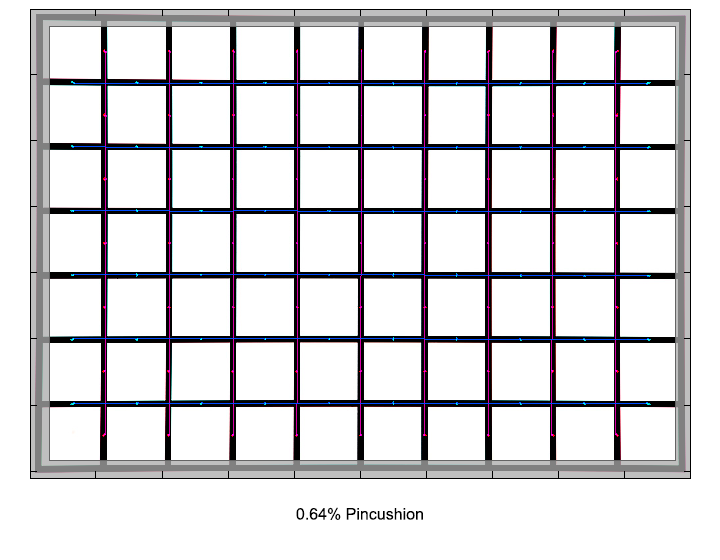
Vignetting
With a value of just below 1 stop, light fall-off towards the border is moderate wide open. As usual, stopping down reduces the amount of vignetting. From f/5.6 onwards, it's hardly noticeable anymore.

MTF (resolution)
The lens delivers excellent resolution in the image center straight from the maximum aperture.
Border and corners show slightly lower, but still very good sharpness, throughout the whole tested aperture range.
Please note that the MTF results are not directly comparable across the different systems!
Below is a simplified summary of the formal findings. The chart shows line widths
per picture height (LW/PH) which can be taken as a measure for sharpness.
If you want to know more about the MTF50 figures you may check out the corresponding
Imatest Explanations

Chromatic Aberrations (CAs)
Chromatic aberrations (color shadows at harsh contrast transitions) are a little pronounced with values from 1.1 to 1.3 on average at the image borders. Lateral CAs can easily be corrected, though, either in post processing or by the camera itself (most modern Nikon DSLRs remove CAs on-the-fly if you shoot JPGs).

Bokeh
Bad news first: in front of the focal plane the lens produces slightly unpleasant image blur. In real life, however, this will rarely be an issue.
The more important bokeh behind the focal plane is quite smooth, even in the transition zone. Background highlights show minor traces of outlining, but are generally pleasant. Towards the image border, they show a cat's eye shape due to mechanical vignetting at large apertures.

Bokeh Fringing
Bokeh fringing (non-coinciding focal planes of the various colors) is well controlled and not a field-relevant issue unless you shoot into really strong light, which might emphasize colour halos a little bit. But in these conditions, there'll be other issues to deal with anyway (see next section).
|
Move the mouse cursor over the f-stop marks below to observe the respective LoCAs
|
| f/4 |
f/5.6 |
f/8 |
f/11 |
|
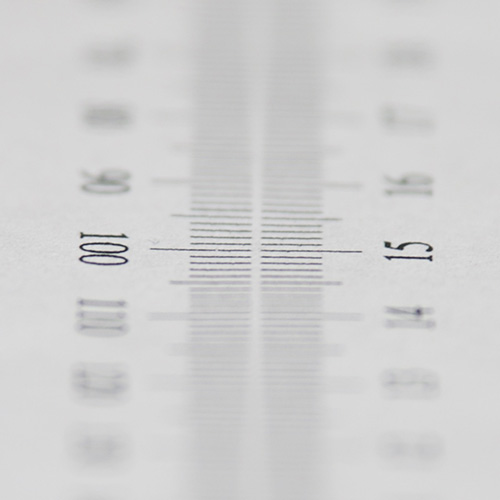
|
Flare
We mentioned it in the introduction already: diffractive elements tend to show issues in backlight conditions. Unfortunately this is also true for the Nikkor AF-S 300/4 PF VR.
When shooting towards a strong light source, massive flare can reduce the image contrast considerably, in some cases to a degree that the whole image is severely washed out and the main subject hardly visible anymore.
There's another issue, though: if there are highlights in the image, the lens renders very visible and disturbing halos around them.
Nikon is of course aware of the issues, which are part of the characteristics of a fresnel element and seem to be the price one has to pay for small size and light weight. In fact, they offer a feature called "PF flare control" in their Capture NX-D software, which minimizes the effect to a varying degree (depending on how severe the halos are).
Below are some sample images illustrating the issues. Please note that these are scaled down full frame images, not crops.
(Please click on the images to open a larger version in a new browser tab or window)
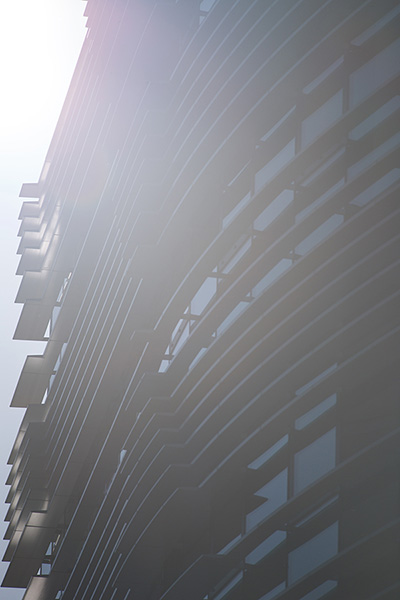

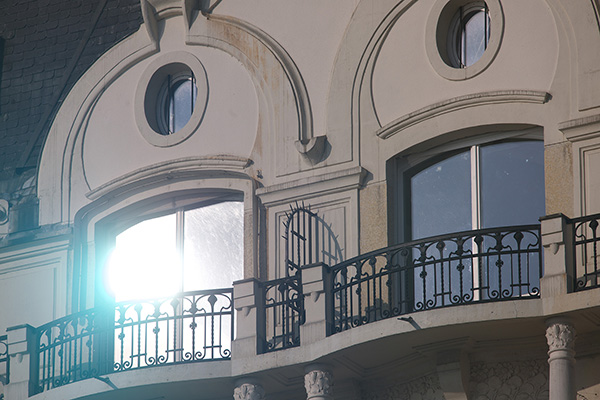
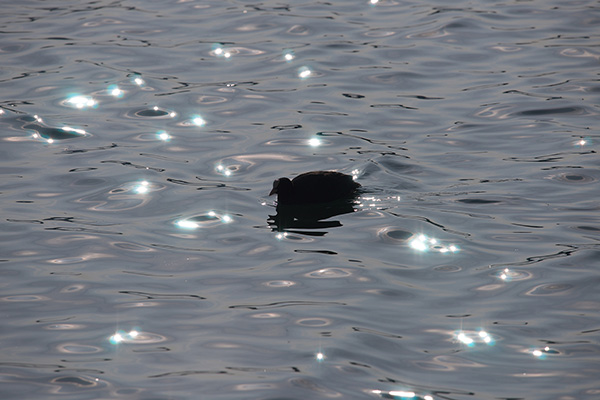
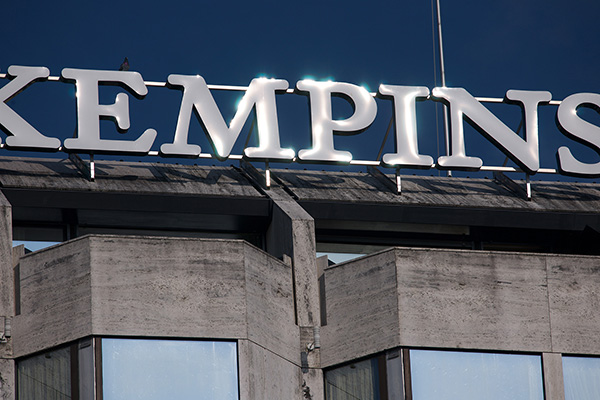
|